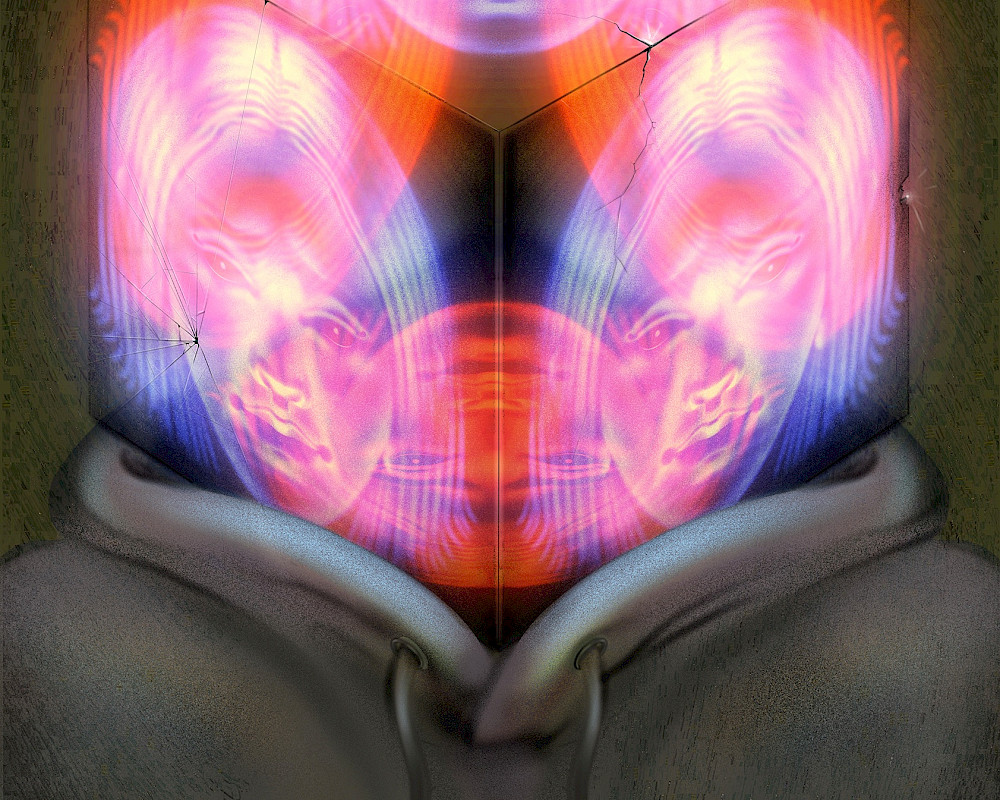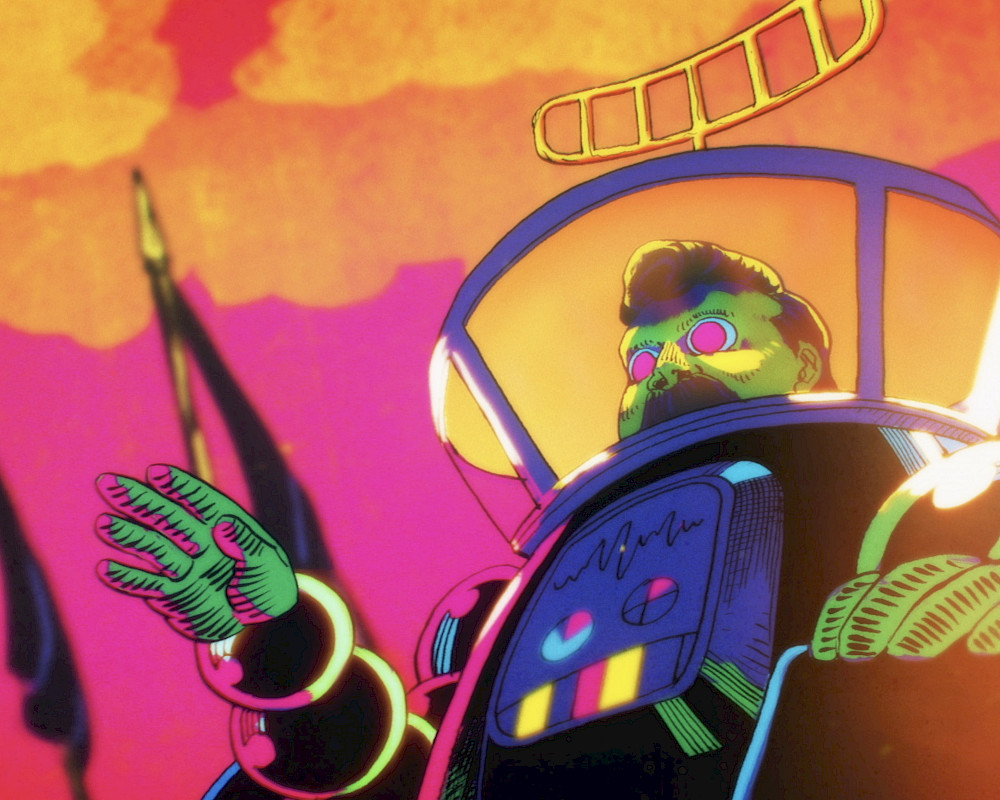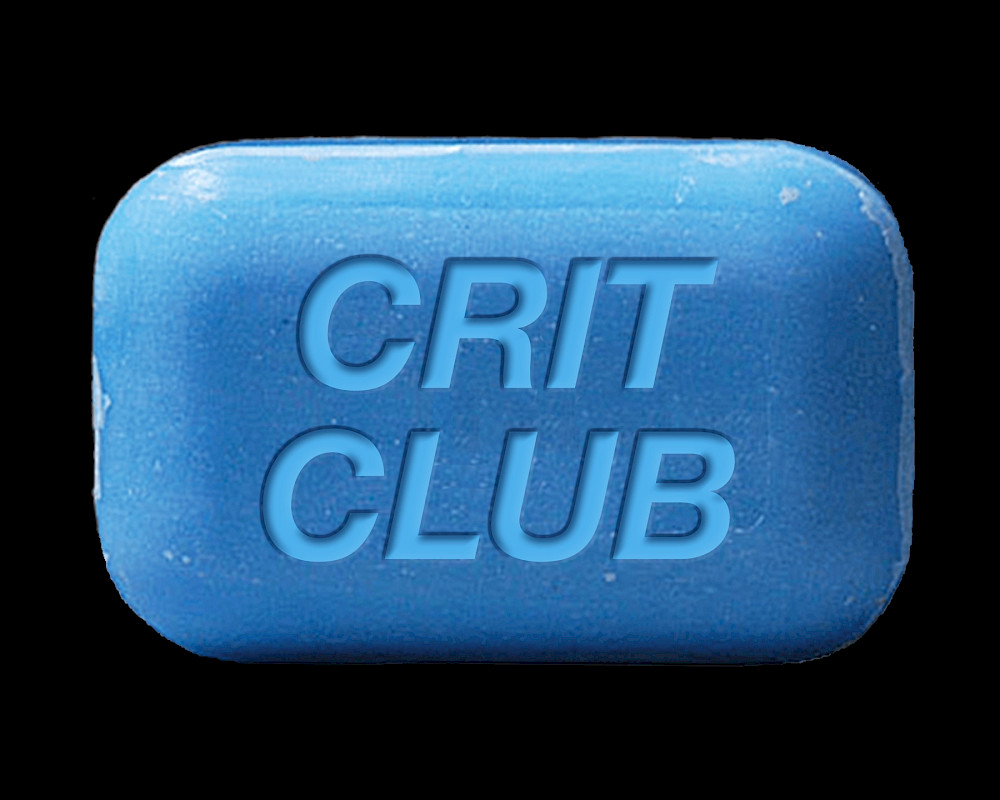essay
Cyberpunk Diaspora
Shirley Au
Shirley Au is an art critic and independent curator from Hong Kong. Her interests include conceptual art, moving image, Hong Kong culture and alternative art history.
Kongkee
Kongkee (b.1977, Malaysia) is a visual artist and animation director raised and educated in Hong Kong, he is currently based in London. Often described as “Psychedelic Futurism” and “Cyberpunk”, the artist’s works reflect relationships between beings and the environment in his unique aesthetic. Alongside with the explicit use of dramatic color scheme which was iconic in the older generations of local Hong Kong design, cultural symbols of the city are also heavily introduced in the artist's oeuvre in a surrealistic manner.
13
min read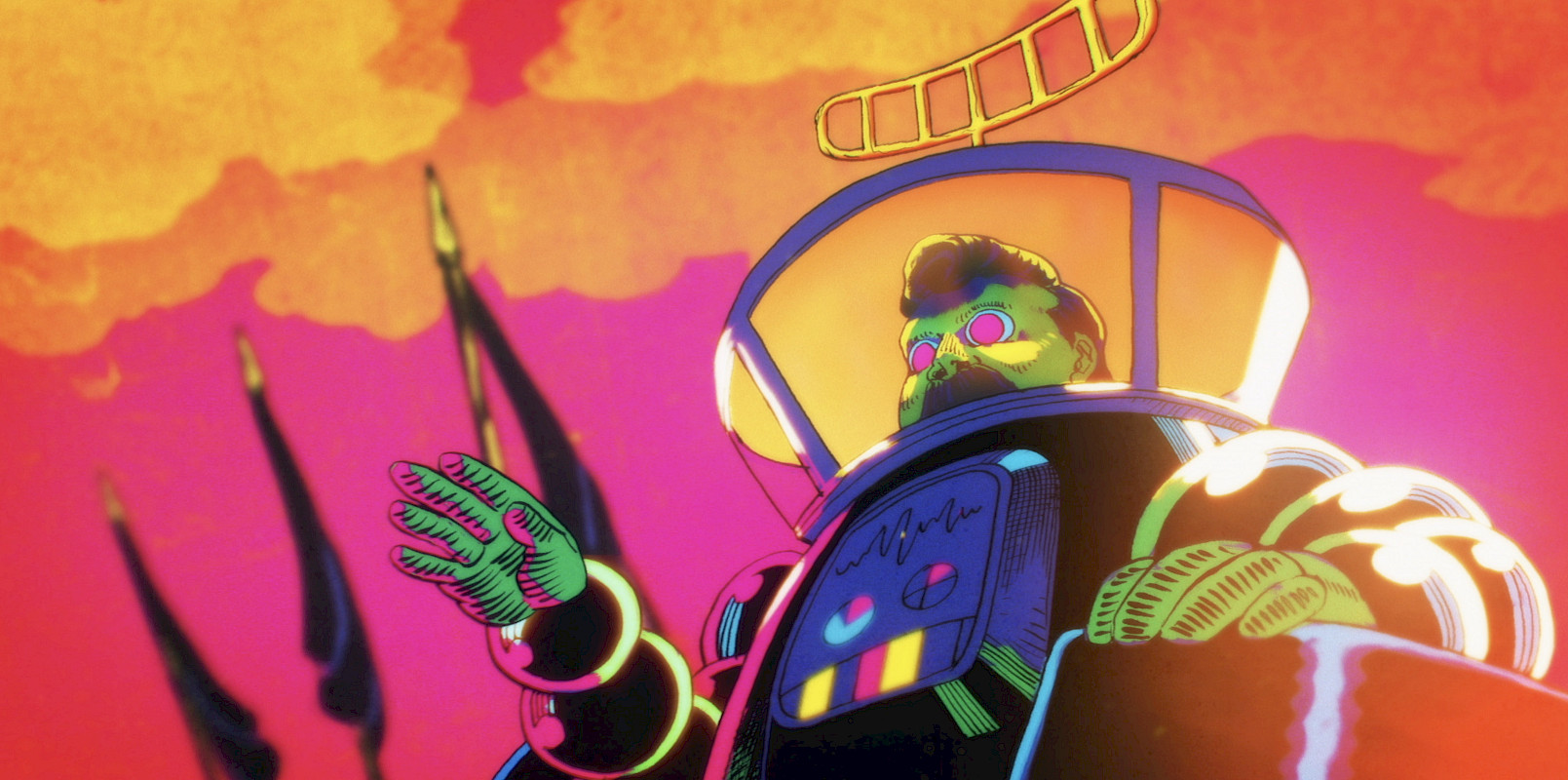
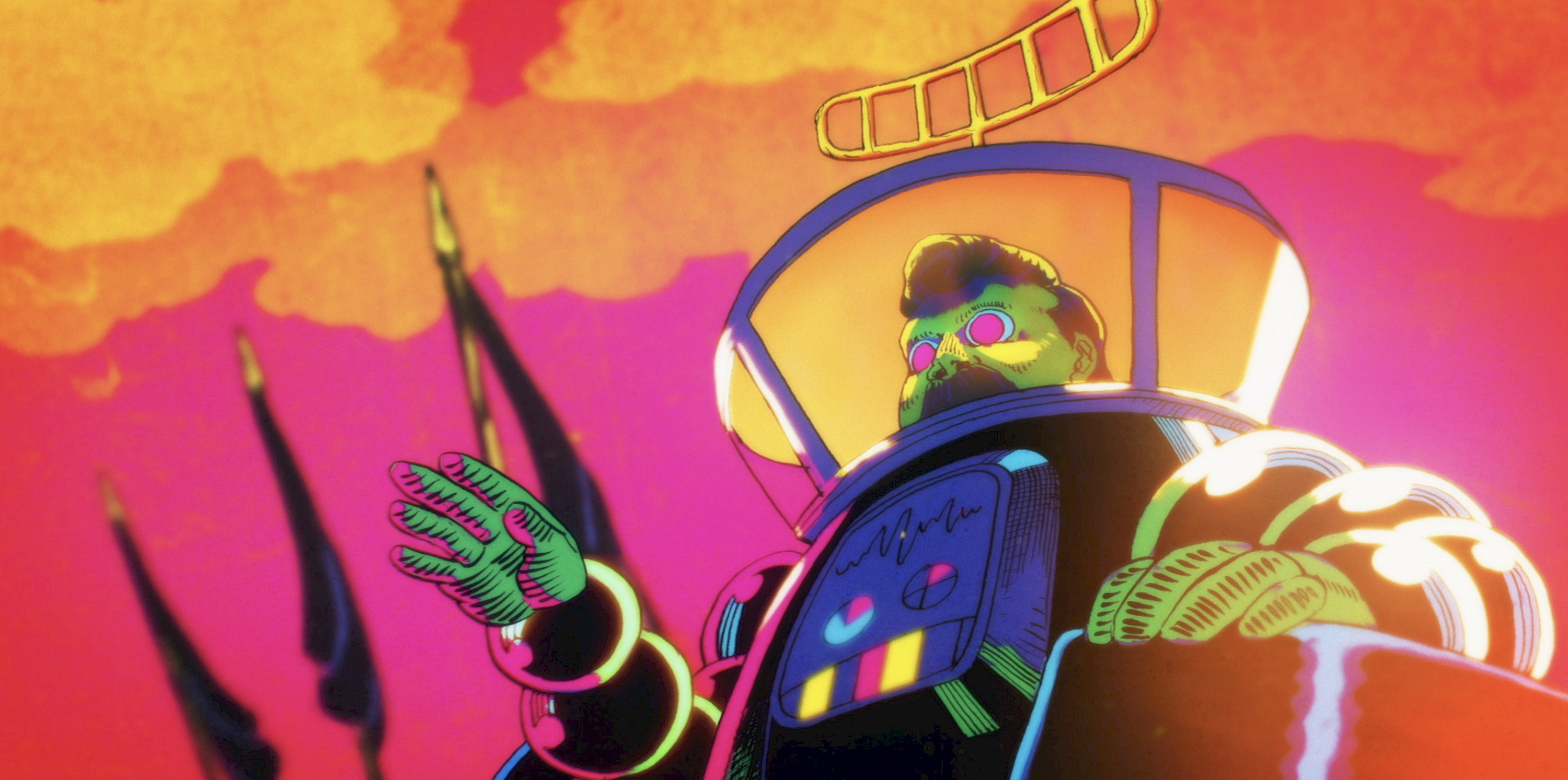
Cyberpunk is a blend of the East and the West. One might argue that cyberpunk doesn’t interpret culture authentically but reduces Asian culture to vibrant colours and empty semiotic symbols. To represent Hong Kong’s culture, Kongkee’s cyberpunk animation “Dragon’s Delusion” did not correct these Asian stereotypes but further aestheticised them. In this review, I’m going to introduce his interdisciplinary practice; explore how saturating cultural symbols in “Dragon’s Delusion” tell the stories of diasporic generations, material culture and comic histories in Hong Kong; and reinterpret cyberpunk as an Eastern genre.
Before we begin, let me introduce Kongkee (Kong Khong-chang’s artist name), an animation director born in Malaysia and raised in Hong Kong. He did research on 1970s and 1980s Hong Kong comics during his studies at the Chinese University of Hong Kong and the City University of Hong Kong. As a member of the internet generation, Kongkee met authors, film critics and comic fellows online, such as Chi Hoi, and together founded 29s, an independent publisher, in 2003. Under their influence, his animations conceptualise various traditional mediums in an independent style. Indeed, the pop and psychedelic features of his work have been dismissed by comic artists and illustrators as shady. His collaboration with electronic musicians and writers is intentional, as together they have a wider reach and thus access to communal support in developing their artistic practices in Hong Kong. This practicality is a survival strategy but also radical – it breaks down the cyberpunk genre to integrate into local traditions.
Cyberpunk the Genre
In recent years, some cyberpunk works have been remade and gained tremendous success, especially in gaming and cinema. Cyberpunk originated as futuristic literature, a subgenre of Western science fiction, in the 1960s and 1970s and gained much popularity with its success in novels, anime and cinematic adaptations in both the West and East in the 1980s. Examples such as “Blade Runner” (1982) and “Akira” (1988) might be what we grew up with. Eventually, people couldn’t help relating themselves to cyberpunk; recent reboots of “Blade Runner” and the video game “Cyberpunk 2077” (itself a development of the 1988 tabletop RPG Cyberpunk 2020) reveal the extreme hype around the topic. However, whether cyberpunk carries any cultural weight determines whether audiences imagine themselves in the shoes of protagonists that resonate with them collectively.
Classically, cyberpunk is a combination of cybernetics and punk. In the cybernetic narrative, the East is portrayed as empty, owing to hyper-technology and shell governments essentially run by megacorporations. Eastern culture, connotated by highly saturated colours, is an analogy to numbness, postulating technology against emotions. David Blandy’s cyberpunk short film “Android’s Dream”, for instance, criticises Japanese pop culture as “memories that were never lived” and “colonised”. Since the 1980s, Japan has been labelled as a hyper-technological country, mass producing anime that spreads a technological fantasy across the globe. Our childhood might be collectively brainwashed by “Doraemon”, for example, but as an adult, living in the digital environment reveals its nightmare of emotional blockade. Anime culture is too commercialised and threatens traditions with its techno-invasion. As a commercial visual culture, anime hacks into memories from the past in a pre-existing form of online artefacts. In cyberpunk, characters are cognitively hacked and eventually become living ghosts or soulless cyborgs. Their original souls are in exile, unable to change anything in the present. Punk is meant to signify the underdogs disempowering the capitalist system. [1]
But to most Hong Kongese who love Japanese culture, cyberpunk is something different. “Dragon’s Delusion” absorbed a manga drawing style and even embraced Japanese memories as a collective treasure. And rather than challenging systematic faults, the protagonist in “Dragon’s Delusion” surrendered to cyberpunk’s techno-colonisation. Because of its versatility, its production is orchestrated with visual, musical, cinematic, literary and, more importantly, diasporic concepts.
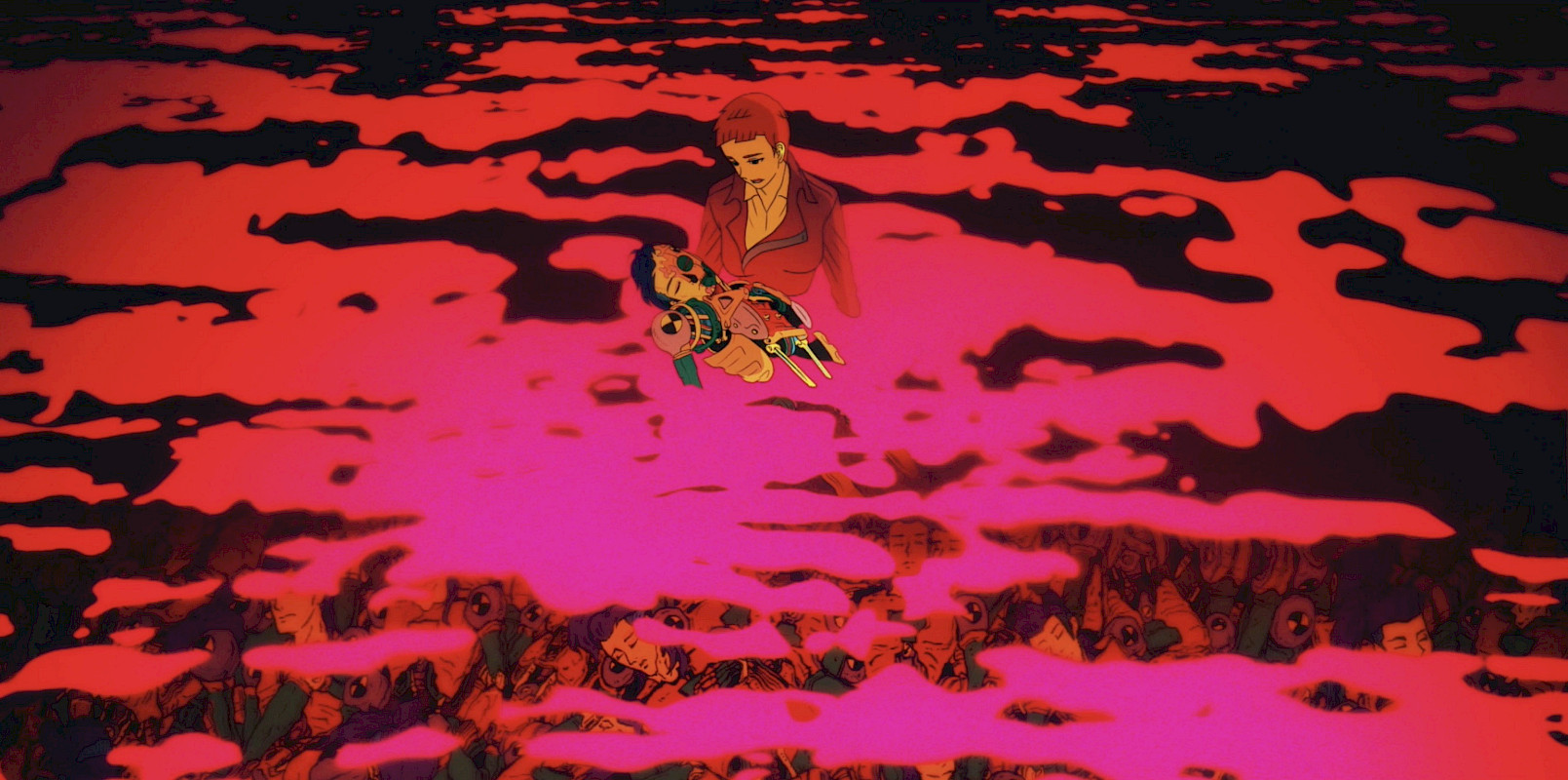
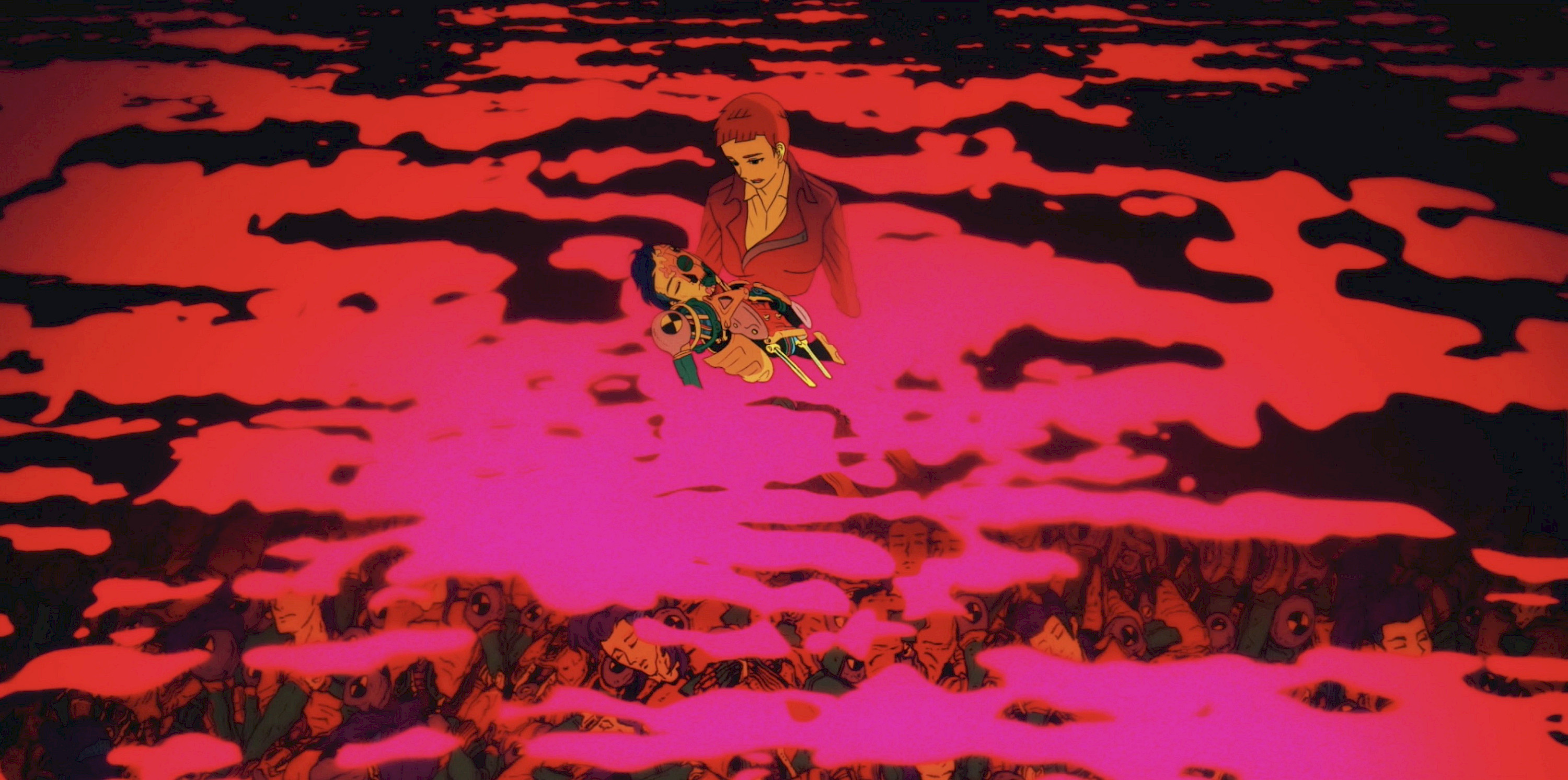
Local Diasporic Experience in “Dragon’s Delusion”
“Dragon’s Delusion” consists of three sequels in any order: “Preface” (2020), “Assassination” (2018) and “Departure” (2017). The story takes place in the past, present and future, regarding futuristic imaginations in different periods. The ancient past is based on “Li Sao” (literally: departing from the chaos), a poem written by Qu Yuan, who committed suicide in the Mi Luo River in righteous grievance against King Qin in 278 BC. King Qin later became the first Emperor in Chinese history in 221 BC and built the Terracotta Army, a manifestation of his futuristic desire to live forever. “Dragon’s Delusion” rewrites history: Emperor Qin realised his dream with immortal biotechnology and Qu’s soul was preserved in a cassette tape inside a robot in a warehouse dump.
Romanticising Qu’s unappreciated act, “Dragon’s Delusion” is mumbling and speechless towards its political realism. In the present-day storyline, a radio programme unveils “Immortality Project 3.0”, in which Qin monopolised the techno-ware modifications and the cybernetic empire. The story continues at an intersection in Hong Kong where a lady is shopping for synthetic faces to conceal her onion-shell-like mechanical brain. While crossing the road, a man collapses and his magnetic transhuman body is hauled away by an ambulance’s robotic arm. This is a commentary on the conspiracy behind biotechnology: biological bodies degrade and, through constant renewal, obsolete transhuman bodies succumb to hierarchical control
This diasporic representation of bodies can be traced back to manhua (“Chinese drawing series”) in the 1920s. To avoid prosecution, many revolutionary cartoonists moved their publication production from mainland China to Hong Kong in 1905; some of them moved the printing process to Japan while distributing in Hong Kong in 1907. [2] The first diasporic artists spread anti-Qing messages through satirical drawings, allegories and political pictures. In a Chinese lithograph, a Qing official was beheaded, a strong and visceral message from the rebellion. The Hong Kong comics were then influenced by American comics and Japanese manga and were more localised and tailored to grassroot readers. [3] Today, comic artists still use Chinese ink brushes to draw fine and elaborate details, especially muscles. The traditional technique persisted but eventually became more psychological than political. Contrary to Hong Kong comics in the 1980s, the soft bodies in “Dragon’s Delusion” are more human, less exaggerated and less muscular, emphasising Qu’s powerlessness as he failed to flee into exile but remained suffocated by the political turmoil. It even responds to the rebel tradition in manhua by derailing artists’ historical responsibility under tyranny.
In fact, there’s something in common between Qu’s failed attempt to exile and the local diasporic experience. Made between 2017 and 2020, “Dragon’s Delusion” was developed amid failing social movements while many local people migrated to other places and chose a diasporic life. The city was struggling to choose between centralised economies and sacrificing cultural heritage in the name of progress, destabilising a collective sense of belonging. According to Kongkee, he had worked through his relationship with Hong Kong, growing nostalgic for the old days. He soon realised the geographical separation from the city didn’t give him peace of mind because the innate sense of alienation, originating from Hong Kong, was still overwhelming, even if the world hadn’t changed much.
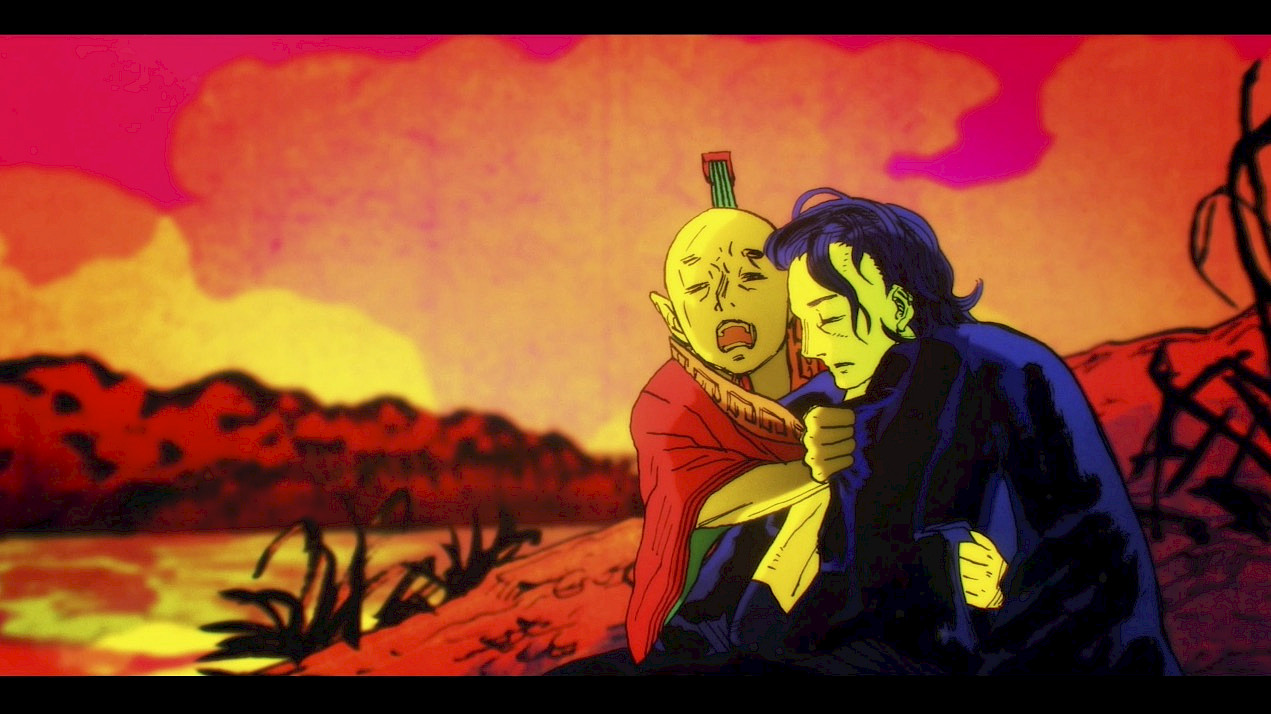
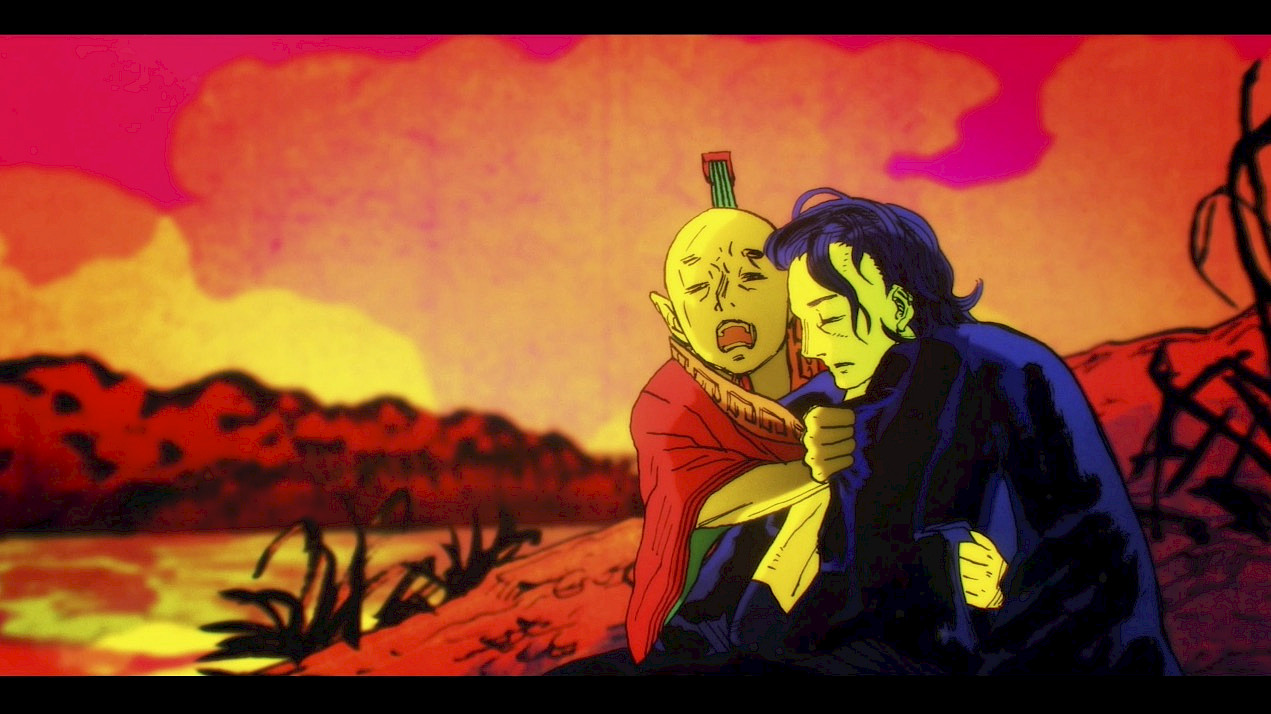
Intercultural Material Icons among the Local and Overseas Diasporic Community in the West
How did Kongkee reengage his audience in the metropolis?
The use of traditional paper offerings sensually reconnects the intercultural past. Instead of criticising the semiotic hollowness of cyberpunk, Kongkee maintains the hyper visual by using local cultural symbols and techniques like colour-filling. He employs the colours of Seven Colour Paper, which is burned to worship the gods and ancestors in traditional culture that many Chinese immigrants brought to Hong Kong in the 1950s to 1990s. The purple-red remains the main hue, purple-blue replaces the shadow-black of film noir, and rough brush strokes embellish light sources. The faces are yellowish, characterising their earthly origins and deadly tones. In some Chinese customs, purple has been considered red, a favourite colour of the gods and deities. The primitive colours provoke different people, even though they are not Chinese, to imagine traditional rituals and ceremonies because their sensuality is universal in other ancient cultures. Kongkee also adopts the texture of paper offerings; the fine textures signify silk and the smooth ones signify cotton, indicating materialistic pleasure in the next world. [4] He then digitally layers in the Chinese woodblock printing inks and texture, patching a balance of imperfect, coarse purple-pink and blue noises. The style is also characterised by the iconic use of saturating vintage printing inks, which prevailed as pop imagery in advertisements, packaging, and posters among the previous generation in Hong Kong.
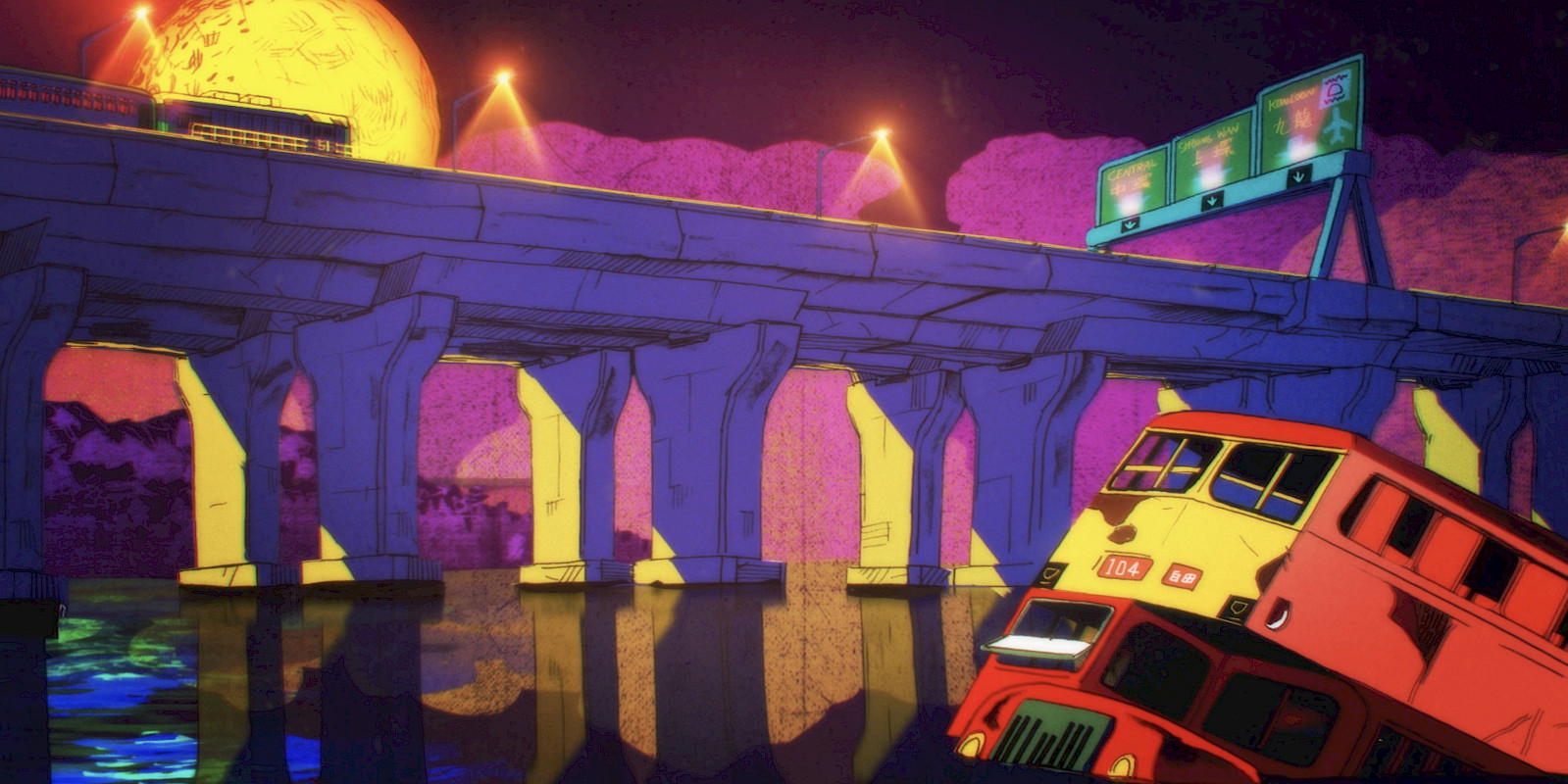
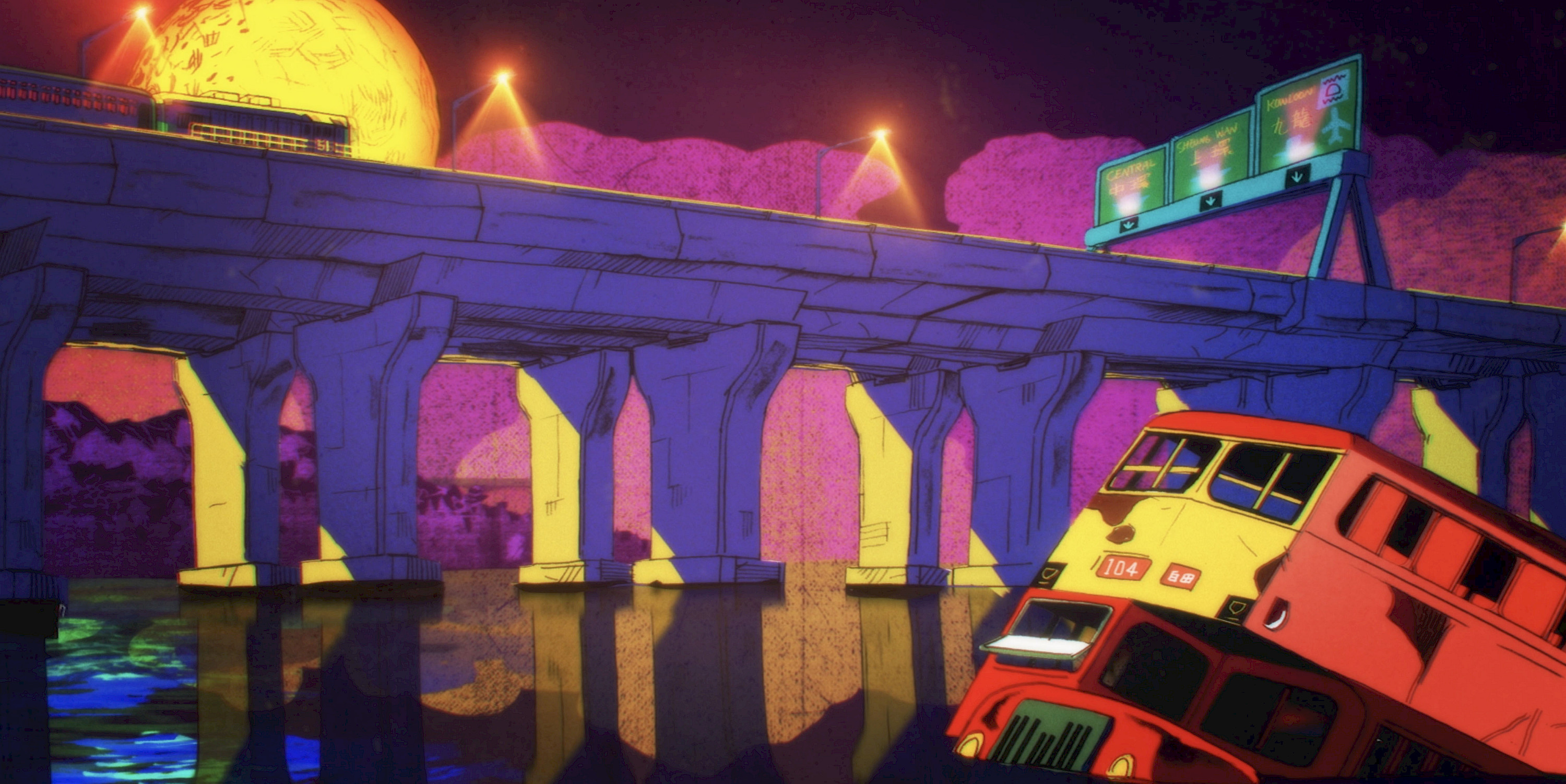
The colours of the paper offerings re-enact the diasporic experiences of overseas Chinese whose previous generation had Hong Kong as a point of goods interchange. The paper offering industry in Hong Kong thrived in the 1950s to 1960s due to the import ban on mainland China by the United Nations – until it was lifted upon the U.S. President Richard Nixon's visit to China in 1972. [6] The handmade paper offering industries thrived in the 1960s and 1970s in Hong Kong because in Mainland China, religious practices and festivals were avoided, factories were closed and production was limited. [7] According to the records of Sang Woo Loong, the oldest paper crafter, most orders were from Chinese communities, including temples, unions, political parties and sports clubs in the United States (mostly in Chicago, San Francisco, Honolulu and New York from the 1960s to the 1990s). [8] It’s no coincidence that Kongkee’s tour with “Dragon’s Delusion” was organised in two of these diasporic communities.
One may even consider “Dragon’s Delusion” as an Asian experience or Asian Futurism – which wasn’t Kongkee’s intention, but an afterthought. The audience’s reception, according to Kongkee, in Chicago, San Francisco and Hong Kong was beyond expectations. However, the research of material and ancient culture is not only an ethnographical survey but also about reifying online visual inter-references among the Internet Generation. Kongkee conducted most of his research using online images. In an interview with Wrightwood 659 Chicago, Kongkee mentions his reference to vibrant and colourful artefacts, such as the Terracotta Army figures in Emperor Qin’s tomb, “Silk painting featuring a man riding a dragon” (3-5 BC), discovered in the Zidanku Tomb no. 1, Changsha, temples and ancestral halls and traditional figures [5]. These sources are accessible online, to the extent that he co-incidentally did the same research on a sculpture of a dancer from the Warring State Period at the Asian Art Museum.
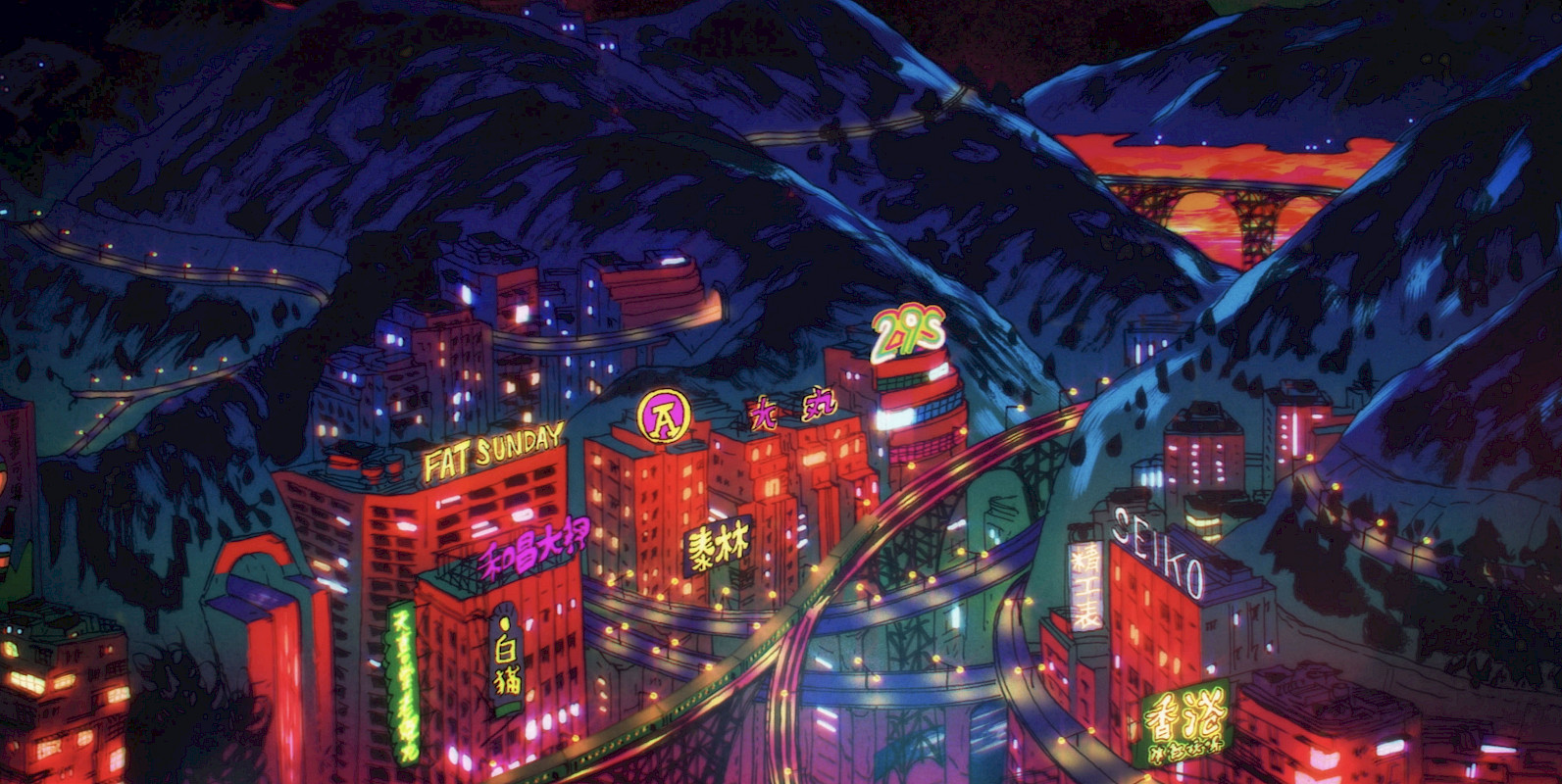
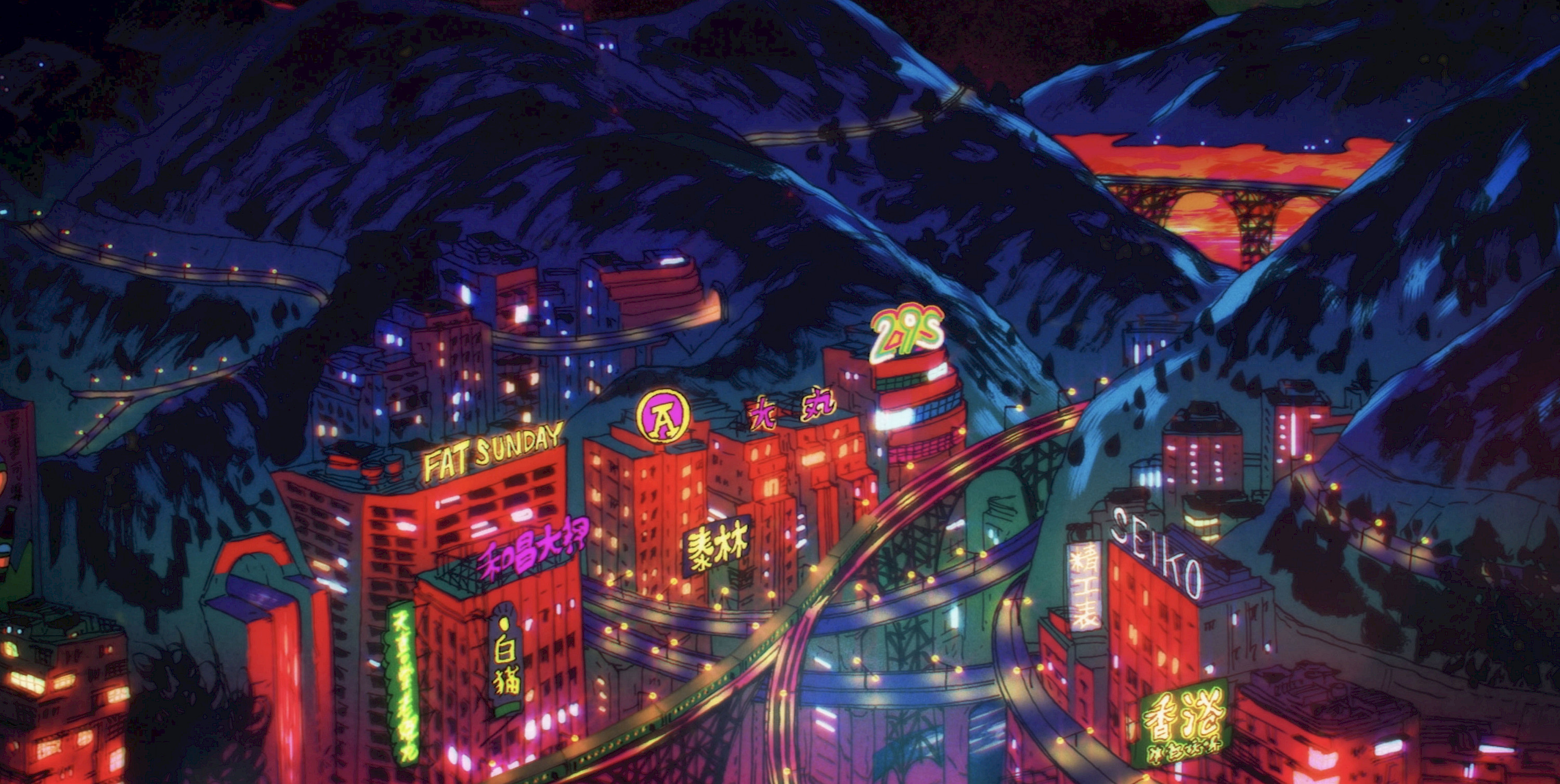
The Eastern Narrative of Diasporic History
Hong Kong immigrants connect to the Chinese community in the West through their diasporic experiences. Meanwhile, what is the relationship between Eastern culture and immigrants in Hong Kong?
Paying tribute to Japanese punk, “Dragon’s Delusion” conveys a sense of admiration for retro-futurism. Kongkee grew up reading the Japanese manga “Doraemon” and “Dragon Ball”, like most people in the diasporic Chinese community and Western audiences. These heavily influenced his vehicle and character drawings. In various scenes in “Dragon’s Delusion”, the toy-like ambulance, vehicles, Qin’s warship, and Emperor Qin’s android clothing with flat, round bottoms resemble the tin toys in “1000 Tin Toys” by Teruhisa Kitahara and Yukio Shimizu. They evoke fabricated Japanese memories. What could be considered authentic memories if one has never lived in the Japanese city-pop era? Why do Hong Kong people particularly treasure Japanese memories?
There wasn't much formal history written for the previous diasporic generation in Hong Kong. Local history is broken, full of gaps to be filled by commercial culture. Cyberpunk hints at a monochrome effect - the mass production of domestic goods used to serve the flocks of incoming migrants, who were also in the diaspora, from mainland China and other Asian countries. In a night scene of “Dragon’s Delusion”, there are no cliché harbourfront views but rather an agglomeration of industrial buildings. Audiences are invited to revisit the industrial era of Hong Kong before the city turns financially oriented. Brand signs perch on the facades of the industrial buildings. These are leading brands, either from Hong Kong or Japan, that tell the everyday stories of Hong Kong people in the past. For example, White Cat washing powder was a hit because of its catchy tunes in TV advertisements in the 1980s; Red A has been the longest plastic manufacturing company since the 1950s; Daimaru was a popular Japanese department store from the 1960s to the 1980s; and Tai Lam was one of Hong Kong’s earliest electric stores that went bankrupt in 2008. Indeed, some of these mega-stores still existed when Kongkee was in secondary school. He admitted that he never visited some other places, like the old theatre. Even though he was too young to see them, he discovered a version of the lost past through virtual, unlived memories.
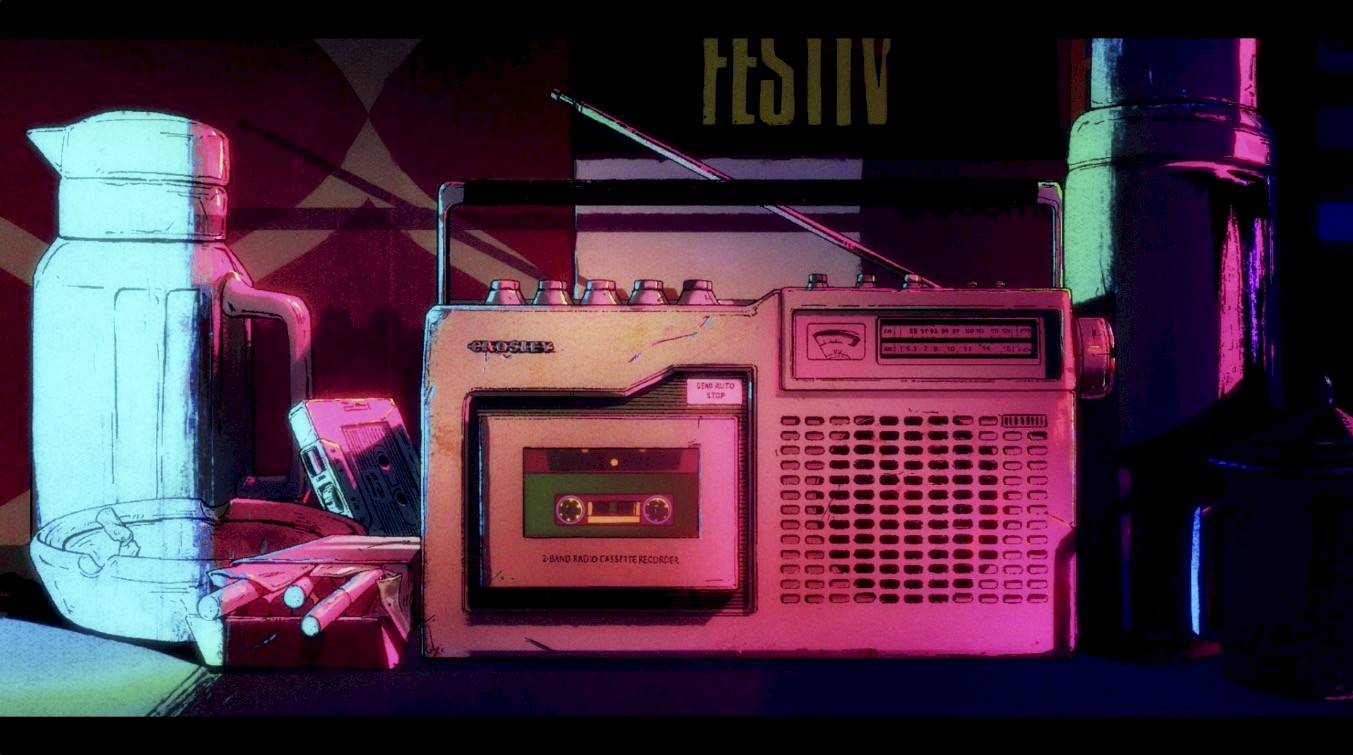
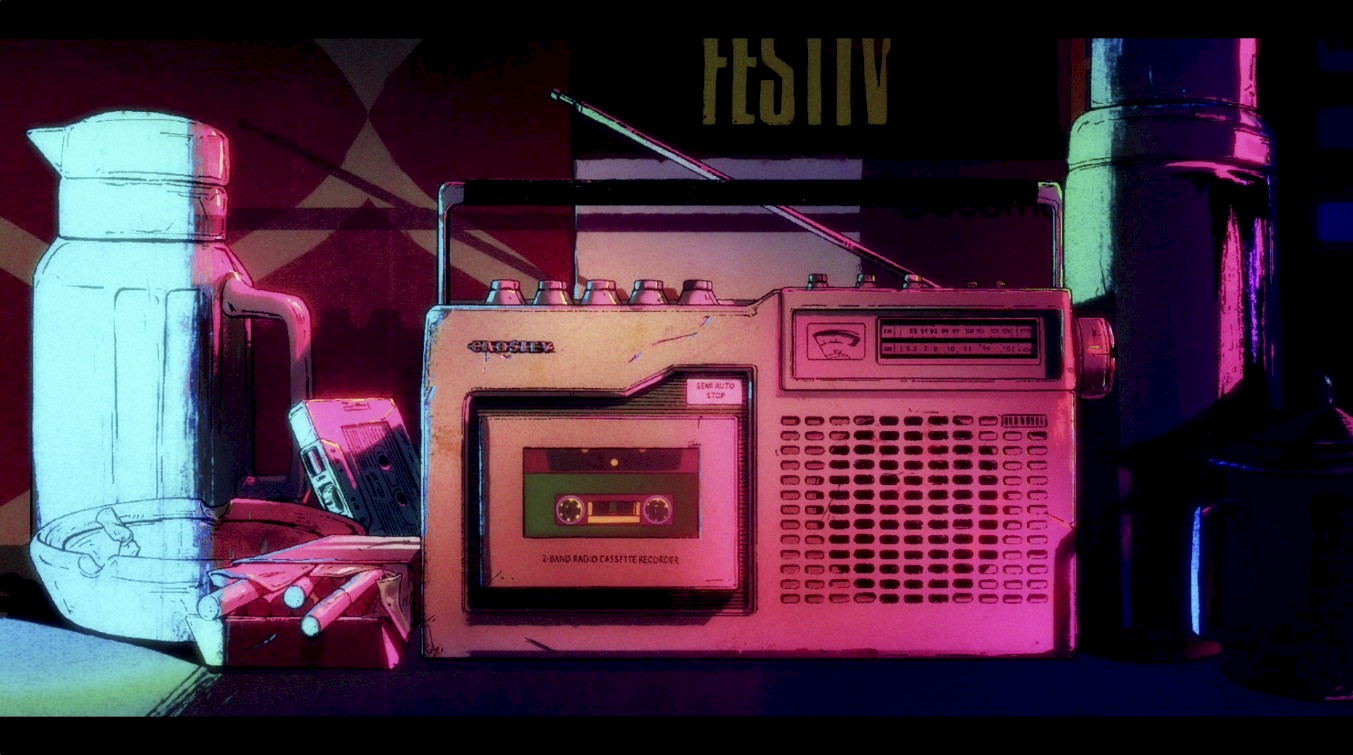
We revisit pop images and techno-identity from the 1960s to the 1980s, which were incorporated into domestic space in the future time, in a false but nostalgic sense. The cassette tape was the main storyline of the body transplant, assassination and spying missions. Originating as the icon of electronic music, the lo-fi analogue represents a strong desire for simplicity and carefree innocence, the honeymoon phase of optimism towards technology. [9] In the interview with Wrightwood 569, Kongkee points out that many bulky analogue devices once considered futuristic have remained in our memories in the digital age. That explained his collage of a 1970s to 1980s Japanese portable cassette player recorder, the CAMEL vacuum flask, as well as the advertising labels of Tiger Balm, Fujiya, a popular Japanese candy, in a domestic scene. Cyberpunk thus became the last memory construction of local histories through both Japanese and local commercial icons.
All in all, instead of criticising cultural hacking and loss of agency, in “Dragon’s Delusion”, Kongkee reconciles his relationship with Hong Kong by exploring the material cultures, comic histories and cultural symbols connecting the previous immigrant generation and the diasporic Chinese community in the West. Cyberpunk thus carries the weight of traditional and emotional inheritance in the past, present and future. And by surrendering to techno-colonisation, its renewed notion of cyberpunk integrates Eastern memories that resurrect the lost past against the backdrop of grand history.
References
1. Clute John, Science Fiction from the 1980s to the Present (Cambridge University Press, 2003), 67.
2. Wendy Siuyi Wong, “Manhua: The Evolution of Hong Kong Cartoons and Comics,” Journal of Popular Culture35, no. 4 (2002): 30.
3. Matthew Ming-tak Chew, Boris Poon, and Kofie Chan, “Hong Kong Comics after the Mid-1990s,” IJOCA, January 2016, 417-418.
4. Scott, FOR GODS, GHOSTS AND ANCESTORS, The Chinese Tradition of Paper Offerings, 226-227.
5. Scott, 380.
6. Desmond Wong and Ling Hon Lee, Hong Kong Intangible Cultural Heritage: Paper Crafting Technique (Chung Hwa Book Company (Hong Kong) Limited, 2023), 41, 275.
7. Scott, 355.
8. Wong and Lee, 239.
9. Vanja Štrukelj, “Is Retro the New New? The Nostalgic Return of the 80’s SynthWave Genre and the Influence and Benefits of Music in Education,” n.d., 19.
